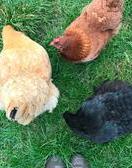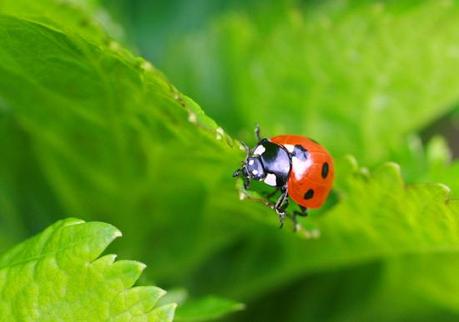
My allotment plot and garden welcome many species of beneficial wildlife, such as hoverflies, lacewings, bees, ladybirds, butterflies (yes, butterflies are very welcome on my plot!) and lovely little mason bees. I grow plenty of flowers throughout the year to attract them, and my organic approach to gardening ensures there will always be food in the form of juicy aphids.

Providing bee and bug boxes in your garden helps to attract the good guys too, these safe hidey places are essential for surviving cold winters and reproduction with certain species.

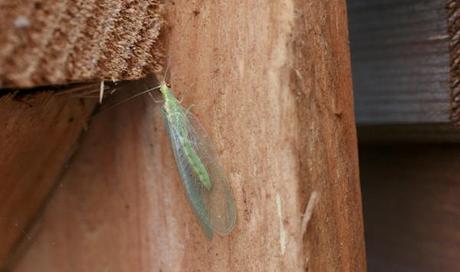
Mason bees visit my plot to use the bee boxes as nests to reproduce, I find it fascinating to watch females carrying mud to seal the entrance to a nesting tube. In turn, they pollinate my fruit bushes and most probably my plot neighbours too.
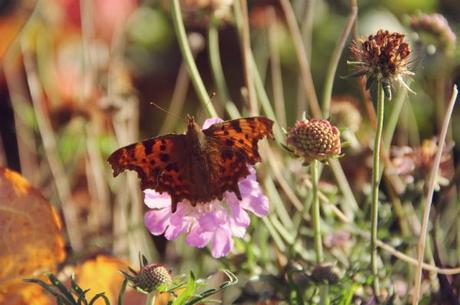
Some of my boxes were purchased or gifted, and some were made using scraps of wood nailed together to form a box and filled with hollowed out bamboo canes. Online gardening shops and garden centres sell bee or bug boxes, I recently picked up a couple of nice examples from Waitrose and Poundstretcher stores.
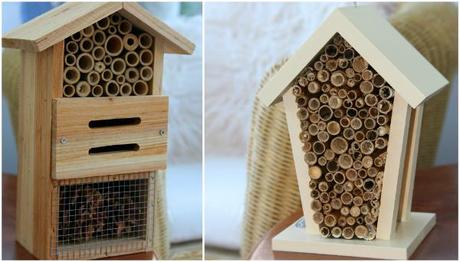
I re-painted the Waitrose bee box (pictured above right) using a tester pot by Cuprinol Garden Shades (country cream).
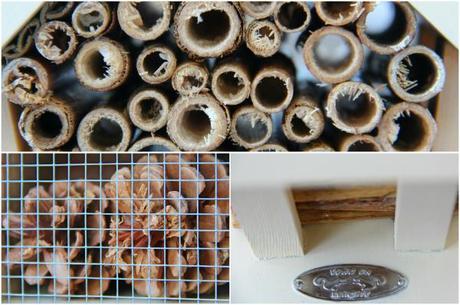
I’m planning to make a bug ‘hotel’ using stacked pallets and other materials inserted into the gaps between each pallet. Now is a great time to provide some shelter for our helpful beasties, they’ll repay your favour by munching on the bugs you really don’t want on your veg. And, if you’re really lucky, you might just see mason bees nesting in your boxes from late April onwards.
Filed under: Wildlife Tagged: allotment wildlife, bee box, bug box, comma butterfly, garden wildlife, lacewing, ladybird, mason bees, photography, pollinators, Wildlife
